Choosing A Light Source For Your Spectrometer

Depending on your spectrometer application, you will probably need at least one illumination or excitation source. For electroluminescence measurements will require of some sort of testing board connected to an external voltage source. However, most characterisation of optical materials require some sort of incident light.
The light source you will need depends on the measurements you are doing. For photoluminescence measurements, you will need a monochromatic light source with a higher energy than the transition you wish to measure. Often a UV light source is chosen due to its high energy. Additionally, you may also need a monochromatic light source if you are using absorbance spectroscopy to measure optical density. However, to find an absorbance spectrum for your material over a significant wavelength range, you will need a broadband illumination source.
There are many things to consider when you are choosing light sources for your optical spectroscopy lab. The best light source for you will depend on:
- The type of measurements you are doing
- The specifications of your USB spectrometer
- Your budget
- The safety restrictions of your lab.
- The time needed to set-up and maintain your light source
One important thing to note is that you will need different light sources for different optical measurements. Therefore, it is quite likely that you will need more than one light source in order to fully characterise your organic electronic materials.
Comparing Different Spectroscopy Light Sources
In the table below, we have done a brief comparison of different light sources. Here, we have outlined their ideal applications, costs and other important information.
| White Light LED | Tungsten Halogen + Deuterium Light Sources | Monochromatic LED Light Source | Lasers | |
| Type | Broadband | Monochromatic | ||
| What measurement is this for? |
|
|
|
|
| Advantages | Long bulb lifetimes | Wide spectral range | Long bulb lifetimes |
|
| Cost | Low price and low running costs | High ($4000-$5000) | Low | High ($1000 – $6500) |
| Emission Spectra | Broad spectrum (360 nm – 900 nm for Ossila Broadband White Light) | Very broad spectrum (190 nm – 2200 nm) | Well-defined narrowband emission (e.g. 370 nm for Ossila UV light source- 700 nm for the Ossila Infrared Light Source) | Well-defined emissions (can be tunable depending on the laser) |
| Warm-Up Time | Minimal | 30 minutes – 1 hour | Minimal | 5–60 minutes (will vary depending on laser material and mode) |
| Temperature Control Needed? | No | Yes – to stop overheating | No | Most likely – but depends on the laser |
| Set Up and Calibration Time | Low | Low | Low | High |
| Safety Considerations | Low | Low | Low–Medium | High |
In order to take the broadest range of general spectroscopy measurements, you will need multiple light sources, such as can be found in our LED Light Source Set.
Ossila Light Sources
Ossila sell many low-cost light sources which are compatible with the Ossila USB Spectrometer, but also with other spectroscopy equipment via the use of standard optical fibers. This will enable you to take a range of spectroscopy measurements quickly and easily.
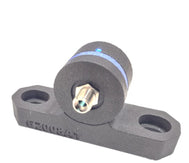
UV Light Source
Our USB-C powered UV Light Source emits light at 370 nm. It will not be as powerful as laser excitation but is considerably safer.
Suitable for:
- Optical excitation in visible fluorescence spectroscopy measurements.
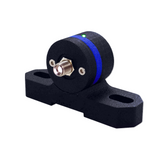
Infrared Light Source
This USB-C powered Infrared Light Source emits light at specific infrared wanvelengths. Infrared radiation is lower intensity than other excitation sources so will minimize damage to more senstive samples. You can choose from range of wavelengths betwee 700 - 980 nm. It will not be as powerful as laser excitation but is considerably safer and less expensive.
Suitable for:
- Studying biological samplesMolecular Identification
- Studying functional groups and chemical bonds
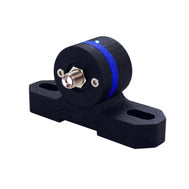
Broadband White Light Source
Our LED Broadband White Light Source outputs light over the entire visible spectrum (360 nm - 900 nm). This white light source is considerably smaller than tungsten/deuterium sources.
Suitable for:
- Absorbance measurementsTransmission measurements
- Reflectivity measurements

LED Light Source
Our range of USB-C powered LED Light Sources emit light centred around a single wavelength for specific excitation. You can choose from a range of specific wavelengths between 375-980 nm. This can be useful for
Suitable for:
- Fluorescence excitation sources
- Measuring specific moleculular concentrations
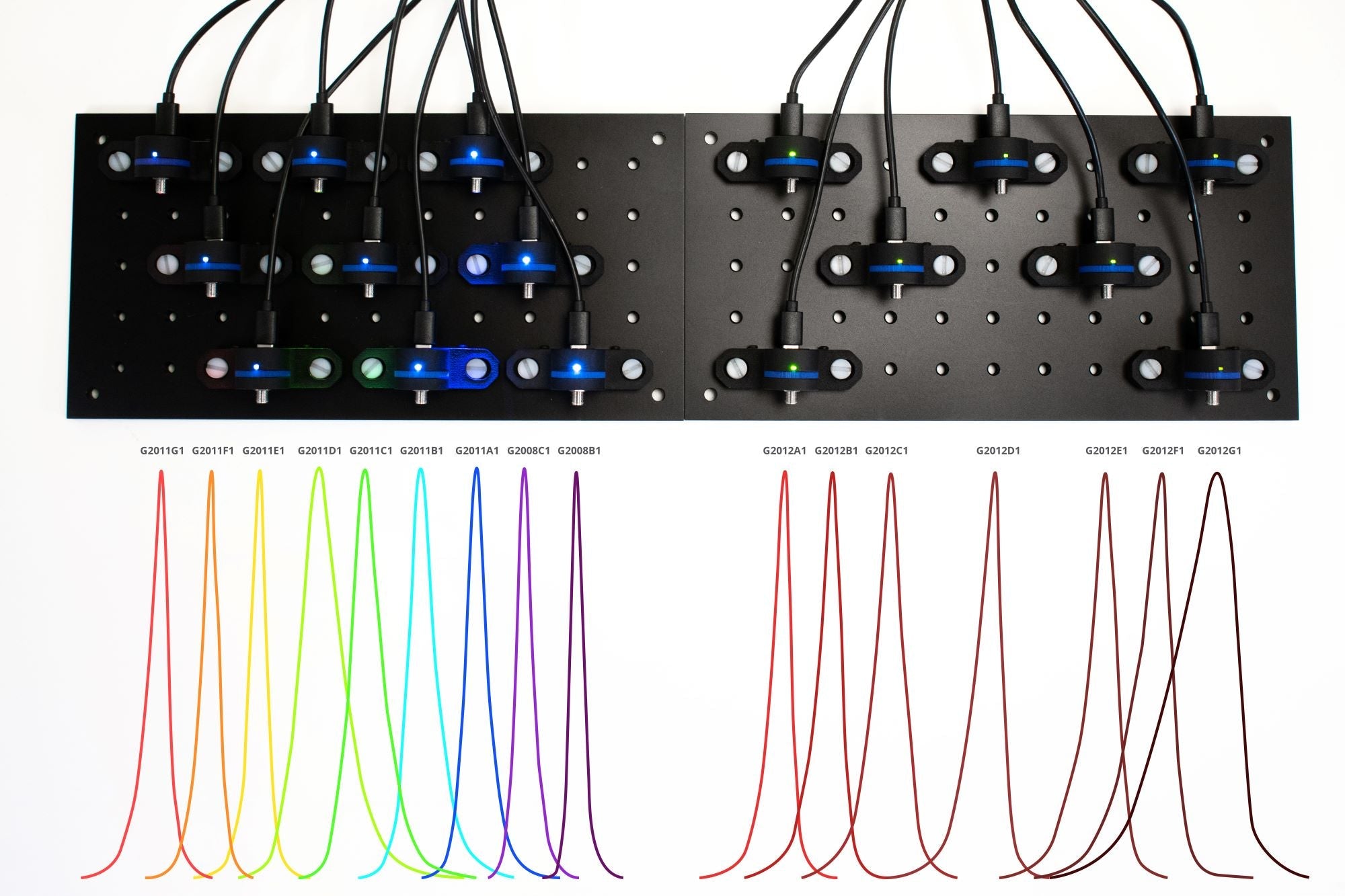
In combination, these two light sources will provide you with everything you need to take basic spectroscopy measurements. These are compatible with standard spectroscopy fittings (SMA 905 fiber connections, M6 optical breadboard holes) so that they can be easily integrated with any spectroscopy system.
LED Light Sources Set

Learn More
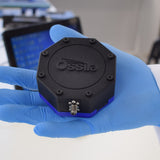 Sample Preparation for UV-Vis Spectroscopy
Sample Preparation for UV-Vis Spectroscopy
When done correctly, UV-Vis (or optical) spectroscopy can be a powerful technique which can reveal intricate details about the molecular structure and optical properties of a sample. However, without well prepared samples, the results can be not only challenging to interpret but also potentially deceptive.
Read more... Spectrometer Optics
Spectrometer Optics
A spectrometer can be designed and built with a variety of optical configurations. These include the Littrow configuration, the Ebert-Fastie configuration, the Czerny-Turner configuration, and the concave aberration-corrected holographic grating configuration. Careful choice of components and configuration can avoid aberrations, which result in distorted or blurred spectra.
Read more...